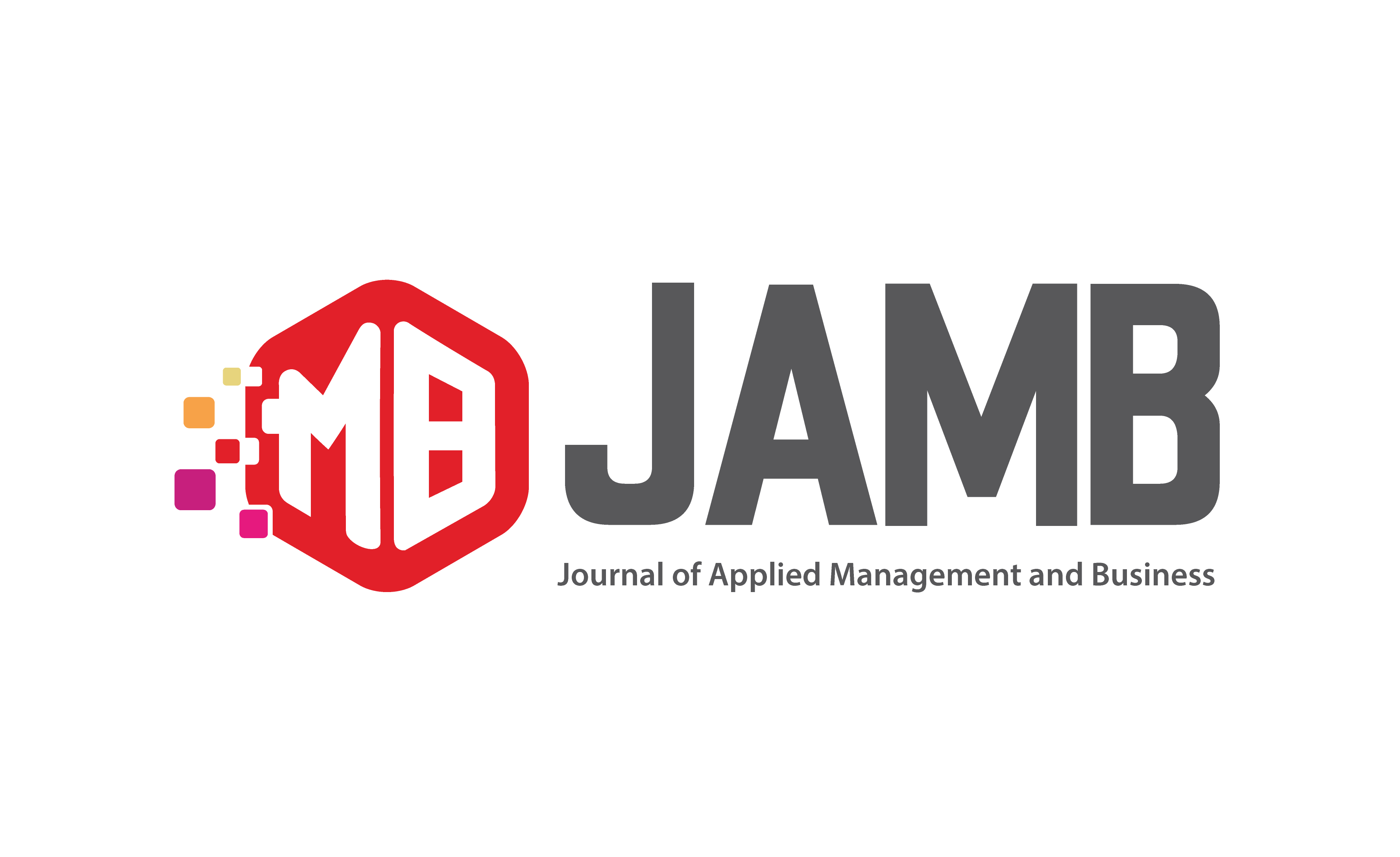CLIENT RETENTION STRATEGIES AND CUSTOMER LOYALTY DEVELOPMENT
DOI:
https://doi.org/10.37802/jamb.v1i1.60Keywords:
Customer Retention, Customer Loyalty, MarketingAbstract
Since satisfied clients are the most significant resources of an organization, organizations have been concentrating on creating client maintenance and dedication programs. The key reason for client maintenance endeavors is to guarantee keeping up associations with esteem including clients by diminishing their abandonment rate. Making client satisfiedness is basic for the endurance of the organization in exceptionally serious markets. In this manner, this section begins with demonstrating the noteworthiness of client maintenance promoting procedures for the organization by uncovering the financial aspects of maintenance advertising programs. Prerequisites for creating powerful client maintenance systems are clarified. At last, in the wake of talking about kinds of responsibility, this section finishes by clarifying faithfulness projects and win-back systems.
Downloads
References
[2] E. S. Singer, R. E. Merritt, D. M. D. Souza, and D. Susan, “Patient Satisfaction after Lung Cancer Surgery: Do Clinical Outcomes affect HCAHPS Scores?,� Ann. Thorac. Surg., 2019, doi: 10.1016/j.athoracsur.2019.06.080.
[3] K. Joo and S. Managi, “Liberalization of a retail electricity market : Consumer satisfaction and household switching behavior in Japan ☆,� Energy Policy, vol. 110, no. July, pp. 675–685, 2017, doi: 10.1016/j.enpol.2017.07.048.
[4] T. M. Nisar and G. Prabhakar, “What Factors Determine e-Satisfaction and Consumer Spending in e-Commerce Retailing?,� J. Retail. Consum. Serv., vol. 39, no. July, pp. 135–144, 2017, doi: 10.1016/j.jretconser.2017.07.010.
[5] A. Meesala and J. Paul, “Service Quality, Consumer Satisfaction and Loyalty in Hospitals: Thinking for the Future,� J. Retail. Consum. Serv., no. October 2015, pp. 1–9, 2016, doi: 10.1016/j.jretconser.2016.10.011.
[6] M. Kim, D. Van Hout, and H. Lee, “Degree of satisfaction-di ff erence ( DOSD ) method for measuring consumer acceptance : Comparative and absolute measures of satisfaction based on signal detection theory,� Food Qual. Prefer., vol. 68, no. November 2017, pp. 167–172, 2018, doi: 10.1016/j.foodqual.2018.03.003.
[7] H. Khosroshahi, M. Rasti-barzoki, and S. R. Hejazi, A game theoretic approach for pricing decisions considering CSR and a new consumer satisfaction index using transparency-dependent demand in sustainable supply chains. Elsevier B.V., 2018.
[8] F. R. Harker, D. Hunter, A. White, K. Richards, M. Hall, and C. Fullerton, “Postharvest Biology and Technology Measuring changes in consumer satisfaction associated with kiwifruit ripening : A new approach to understand human-product interactions with fruit,� Postharvest Biol. Technol., vol. 153, no. October 2018, pp. 118–124, 2019, doi: 10.1016/j.postharvbio.2019.03.010.











